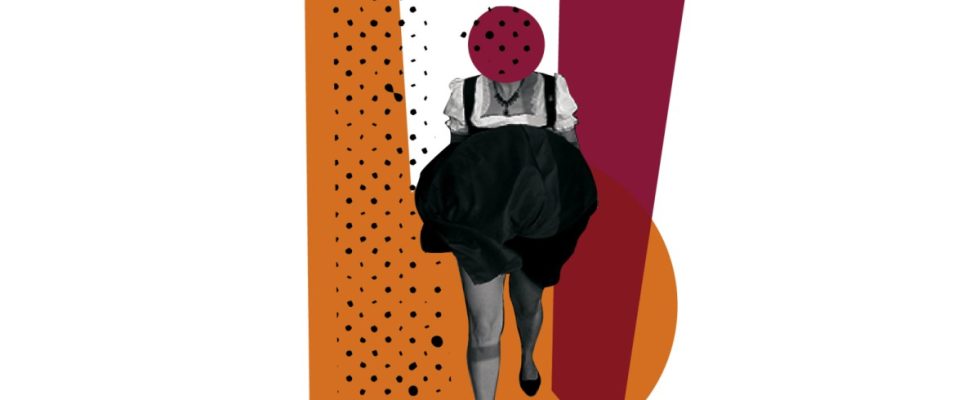They were once the big attraction, then went out of fashion, now they are back in: halls of mirrors. They are now parts of larger mazes, such as René Rasch’s double-story “Great Maze”, which can be found to the right of the Ferris wheel at the Oktoberfest this year. There are all sorts of obstacles that you have to overcome, such as a rotating wooden tube or a labyrinth of mirrors. It takes ten minutes if you run quickly through the maze, 20 if you take your time. “Some of them have to be pulled out because they get lost,” says Rasch.
There are normal, flat mirrors in the mirror labyrinth. But there are also about a dozen distorting mirrors to be found in the maze. They date from the 19th century, but Rasch doesn’t know exactly. If one breaks, you can’t replace it, he says regretfully. Because they are mercury mirrors that were elaborately made by hand on a swivel table.
Today all mirrors are made by machine, but that doesn’t work for distorting mirrors, explains the showman. Because they are arched, backwards, forwards, sideways, and alternately, so that the grotesque distortions that the audience enjoys so much are created. “They stand in front of it and laugh their heads off,” says Rasch. Nobody really thinks about the laws of optics behind it.
Basically, the following applies to flat mirrors such as those used in the labyrinth: every ray of light that hits it leaves the mirror at the same angle at which it hit it. This is the law of reflection – angle of incidence equals angle of reflection, alpha = alpha’. The image in the mirror is just as big as the object or person in front of it, but appears mirror-inverted. If you wave with your right hand in front of the mirror, the reflection waves back with your left.
So far, so simple. Things get more complicated with a curved mirror because the rays intersect, and a few terms are added, such as the vertex S. This is how the center of the reflecting surface is called. There is also a center of the circle from which you can imagine the curved mirror cut out, which has the letter M. The straight line that (imaginedly) emerges vertically from the vertex is called the optical axis. All light rays that are parallel to this axis are called parallel rays – physics can be quite logical. The parallel rays are reflected by the curved mirror so that they intersect at a point. This is the focal point F (for focus), it lies on the optical axis. The distance from the focal point to the vertex is called the focal length f.
So-called convex mirrors that curve outwards show the image upright and reduced in size. With a hollow or concave mirror, which is curved inwards, it depends on how far away the object – or the person in the mirror cabinet – is from the mirror. Anyone standing within the focal length appears enlarged, upright and reversed. If you stand further away, i.e. outside the focal length, your image will appear reversed and reversed in the mirror. If it is further away than the center M, the image is smaller; if it is between the center and the focal point, it becomes larger.
The mirrors of the cabinets are often wavy, with alternating convex and concave surfaces. This creates the effects that make some parts of the body short and fat, while others are long and thin. René Rasch has been traveling with the Great Maze all his life; it first belonged to his father and now to him. Oktoberfest is something very special for him, and not just because he really appreciates the audience there. He was born in 1960 during the Oktoberfest and celebrates his birthday every year at Oktoberfest.
In the series “The Physics of the Oktoberfest” the SZ analyzes various components of the Oktoberfest according to scientific criteria.
Good Oktoberfest stories stay good. This text was first published on October 3, 2018 published.

